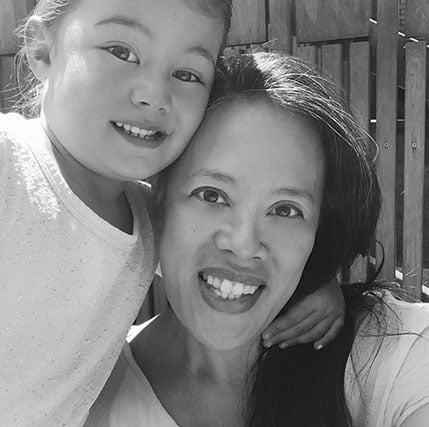“Tell me and I forget, teach me and I may remember, involve me and I learn.” ― Benjamin Franklin.
Feeling frustrated on your train ride? Ever wonder what the person in front of you is feeling? Ana starts to wonder about this and more on a morning journey in the subway. If so, it is likely due to the impact of a final project from some point in your school life.
Many of us can’t remember most of what we learned in school, but we seem to never forget a final project that we had to create, build, present, or plan. This is because each added dimension of learning affects how we relate that learned information to the rest of the world. Think of it like this: If a lesson for the day involves reading, it lies in one dimension. Read it aloud to the class and it moves into 2-D, add music and involve others and it becomes 3-D, then ask groups to write and perform their own interpretation, and it becomes a 4-D lesson. Once information moves and grows into greater dimensions, a person’s capacity to see how that fits into the rest of their life also increases. Words become actions, then interactions, and then reactions in real life.
The significance of synthesizing information through final projects is so evident that project-based learning is now a popular methodology practiced across the world. Many curricular frameworks have a final project plan integrated into the year’s academic outline. Even in work in after school, in-class enrichment, or lunchtime clubs, we build in time for final projects because we understand the value it has for the students. In its most simple formula, any learning can have a final project by just following 4 steps:
- Reflect: A final project should be a reflection of the information learned in a unit and its key points or takeaways.
- Synthesize: In the end, the project should be a synthesis of information that leads to one main point.
- Create: The group should actually create the tangible final project whether it’s a song, presentation, service, or performance.
- Celebrate: The final project should always celebrate the whole group’s journey of learning, creating, and working together to truly understand information that impacts their lives.
Remember these 4 steps when planning your final project and you will ensure that your participants never forget what they learned! What are your final project successes? What are your challenges? Share them both in the comments below—we’ll celebrate with you and support you in facing obstacles.
"Creating Memorable School Final Projects in 4 Steps ", The Leadership Program, Inc. 2016



Comments [0]
Click here to read/write comments